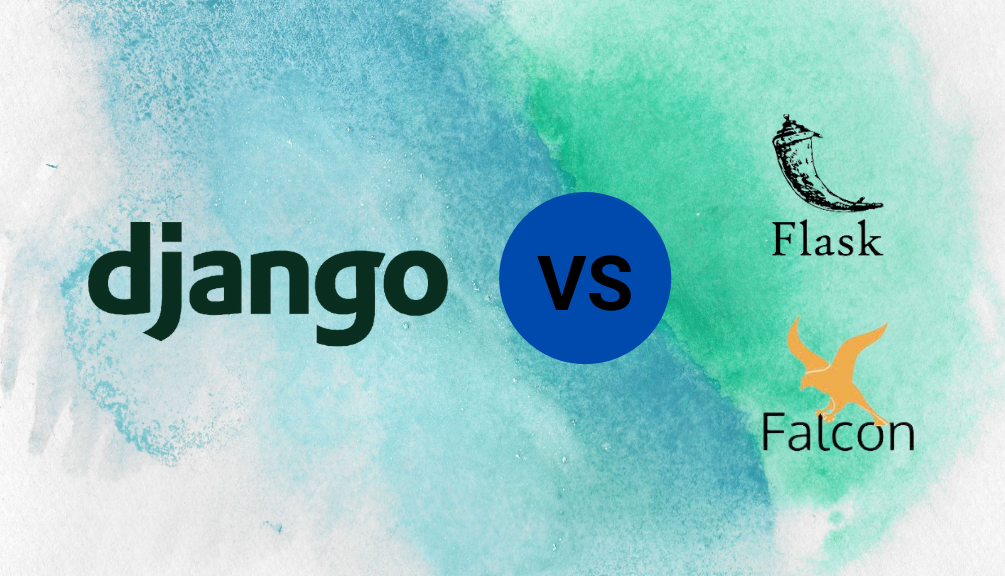
Generated AI image by Microsoft Bing Image Creator
Introduction:
Since my new types of interesting engineering work have been mostly tied with backend and data engineering as of late, I’ve been earger to do a check in on what’s been happening lately in the web browser space and how much the world of web and front end development has changed since stepping away little over 18 months at the time of writing, particularly when working and manipulating with arrays of objects.
Sure enough, modern JavaScript and TypeScript, powered by the latest ECMAScript features, are loaded with powerful tools for working with arrays of objects. They enable concise, readable, and efficient code, making it simpler to manage, search, filter, and transform data structures. In this blog post, I’ll cover actionable tips and tricks to level up your expertise in handling arrays of objects, starting with some refresher basics up to something more advanced takes.









